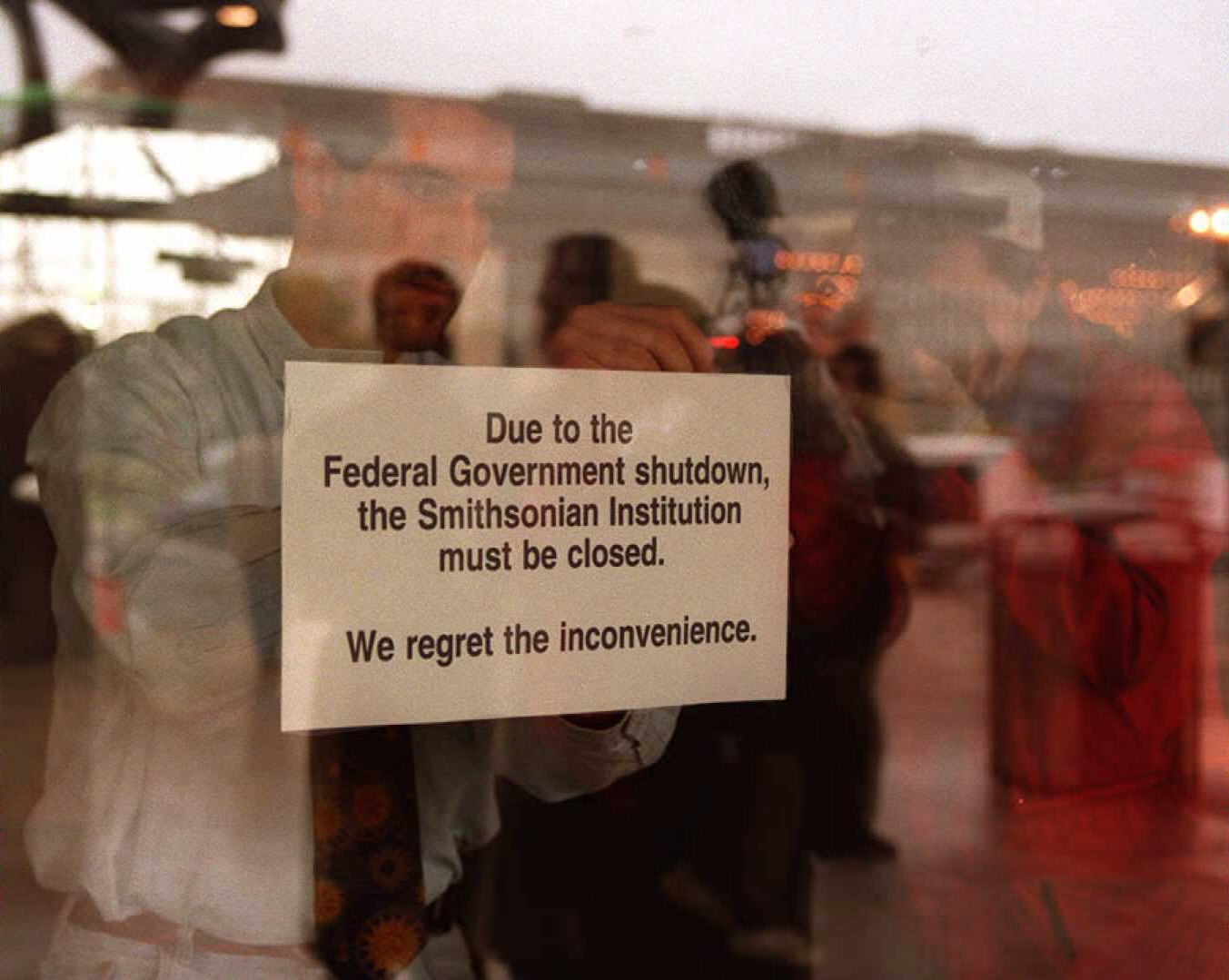This is part of a larger Federal Times 50-year anniversary project, showcasing the historic events from the last five decades that most shaped how government operates. Go to our special report to see more of our coverage as it rolls out in December and the first part of 2016.
The bombing of a federal building in Oklahoma City in 1995 was a major inflection point for the way the government operates, forever changing how federal employees see themselves and how they interact with the American people.
The attack on the Alfred P. Murrah building killed 168 people, including federal employees, private citizens and 19 children in the largest act of domestic terrorism in the nation's history. It wasn't the first time government employees were singled out by madmen; but it was the first time it occurred at that scale, and sent a chilling message to workers stationed in the otherwise quiet midwest.
"People were saying, 'We're in Oklahoma, there's no reason I have to go through a magnetometer,'" LeAnne Jenkins, executive director of the Oklahoma region Federal Executive Board, told Federal Times on the 20th anniversary of the attack.
RELATED

Jenkins was in the U.S. Post Office next door to the Murrah building on the day of the attack. Two decades later, she still remembers the ground shaking, the sound of the explosion and the feeling of dread when she realized what had happened.
"Any time you go through something like that it leaves a scar," Jenkins said. "Whether it cuts your skin or cuts your soul."
In that sense, the attack and subsequent response had two major effects on the federal workforce: it highlighted the growing reality that federal employees could be targets of violence simply due to the nature of their jobs and it ushered in a wave of security enhancements that would restrict public access to buildings, limiting citizens' ability to communicate directly with their government.
To help ease some of that anxiety and better protect federal employees while at work, then-President Bill Clinton established the Interagency Security Committee in the wake of the tragedy, hardening federal buildings nationwide. While new tools like access cards and magnetometers made employees safer, they also had the unintended effect of shutting out citizens who previously had broad access to their government.
"Generally, the reaction was to begin to harden the barriers around federal buildings," said Franklin Reeder, a former long-serving Office of Management and Budget official and co-founder of the Center for Internet Security. "From the standpoint of the federal employee that is in one sense reassuring. At the same time, my view is that this has made government more distant."
Reeder recalled the early days of his time in public service in the 1960s. Back then, members of the public could walk freely in many areas, including the executive office complex. This gave the public access to federal officials and, conversely, gave those officials access to views they might not have encountered otherwise.
RELATED

After the Oklahoma City bombing, "Jersey barriers began to appear, individuals could no longer enter a building without an appointment and very often couldn't go even to their destination without being escorted," Reeder said. "While no one factor can explain the extent of public alienation from government, certainly this contributed to it."
While that disconnect is a shame, it is also a reality of the world we live in.
“We are living in a time of heightened and growing anti-federal government sentiment,” Jon Adler, president of the Federal Law Enforcement Officers Association, said on the 20-year anniversary of the attack. “It was both devastating but also eye opening about what could happen – a horrible reminder of the evil that man can do.”
Aaron Boyd is an awarding-winning journalist currently serving as editor of Federal Times — a Washington, D.C. institution covering federal workforce and contracting for more than 50 years — and Fifth Domain — a news and information hub focused on cybersecurity and cyberwar from a civilian, military and international perspective.
In Other News



